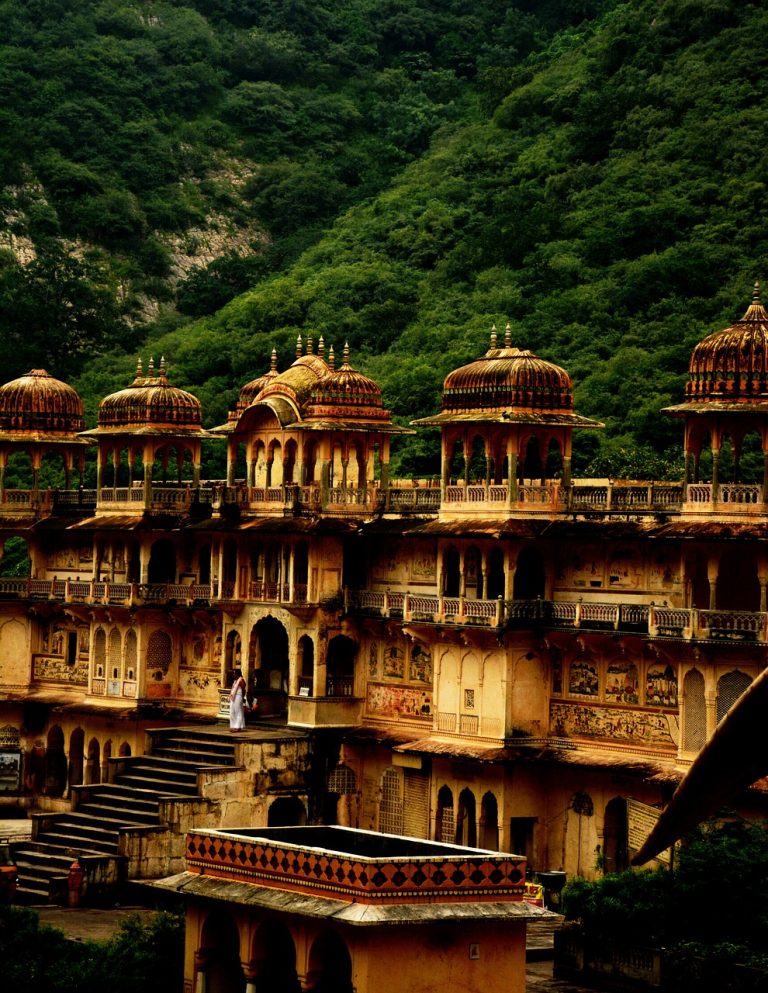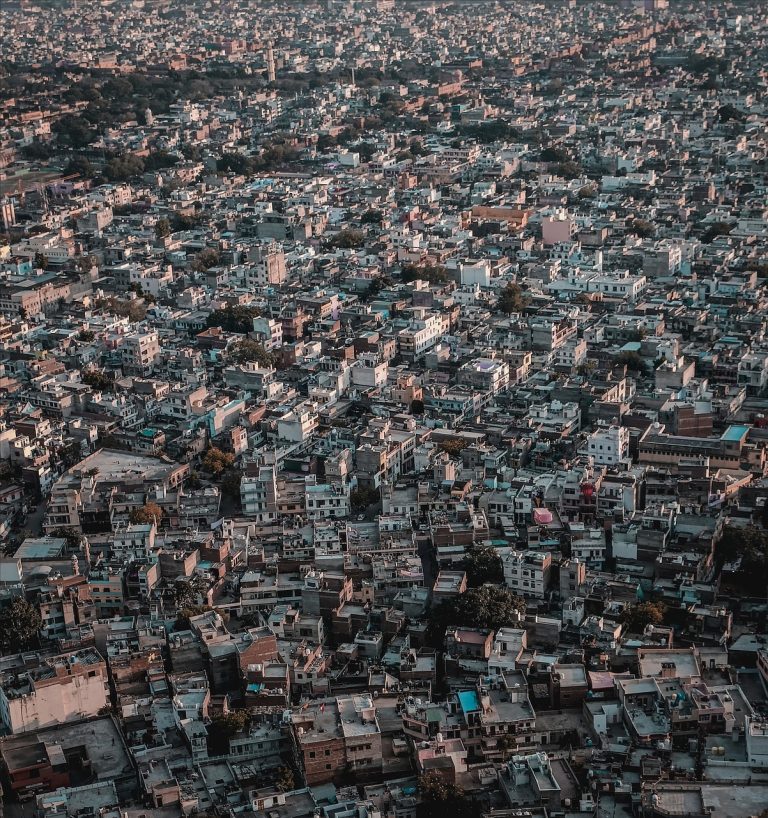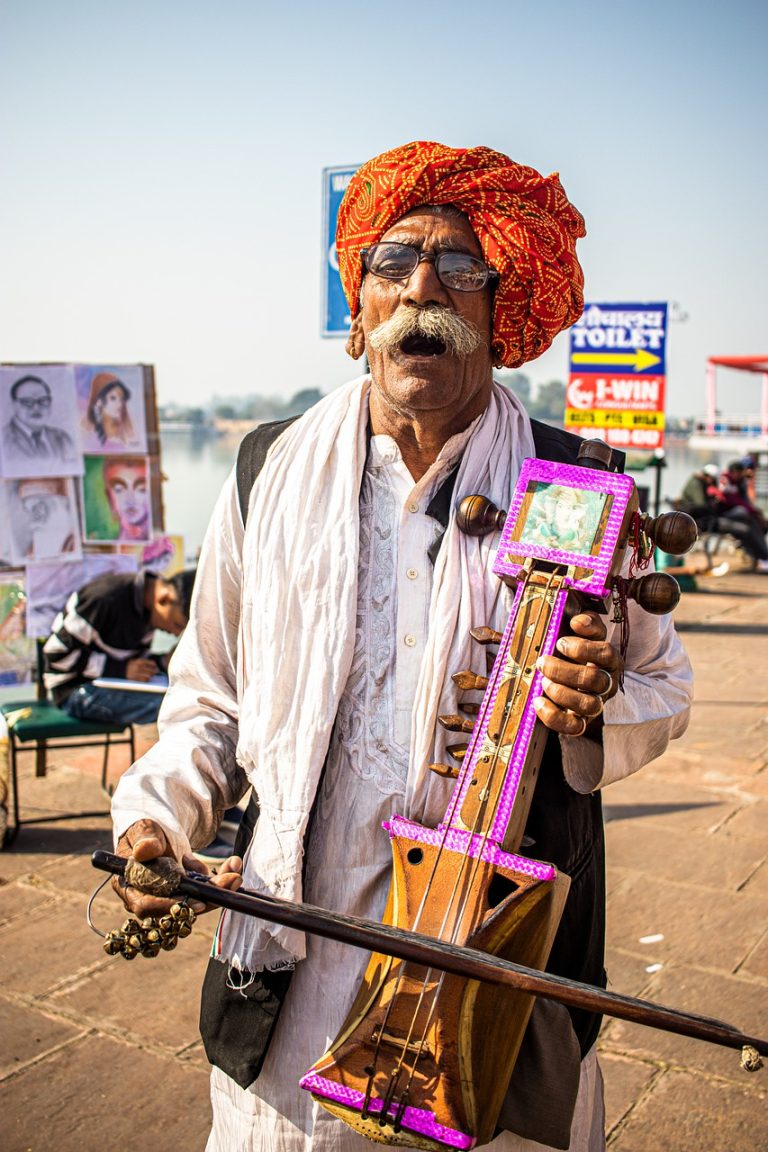Jaipur India Video
Historical Landmarks of Jaipur India: A Deep Dive
Jaipur, the capital city of Rajasthan in India, is renowned for its rich cultural heritage and architectural marvels. The city is dotted with numerous historical landmarks that showcase the grandeur and opulence of its past. From magnificent forts to breathtaking palaces, Jaipur offers a glimpse into the royal history of the region. In this article, we will take a deep dive into some of the most significant historical landmarks of Jaipur.
Jaipur India Image 1: 
Amer Fort
Amer Fort, also known as Amber Fort, is a UNESCO World Heritage Site located in Amer, a town near Jaipur. Built with red sandstone and marble, this magnificent fort showcases a blend of Rajput and Mughal architecture. The fort complex is divided into four main sections, each with its own courtyard and entrance. The Sheesh Mahal (Mirror Palace) is one of the major attractions within the fort, known for its intricate mirror work. The fort offers breathtaking panoramic views of the surrounding hills and Maota Lake.
- Keywords: Amer Fort, UNESCO World Heritage Site, Rajput architecture, Mughal architecture, Sheesh Mahal, mirror work, panoramic views
- The fort complex is an architectural masterpiece, featuring intricate carvings, frescoes, and stunning mirror work.
- Visitors can explore the Diwan-i-Aam (Hall of Public Audience), Diwan-i-Khas (Hall of Private Audience), and Sukh Niwas (Pleasure Palace) within the fort.
- Amer Fort is best experienced by taking an elephant ride up the hill, adding to the charm and authenticity of the visit.
- The fort is beautifully illuminated at night, creating a magical ambiance for visitors.
Jaigarh Fort
Jaigarh Fort, also known as the Fort of Victory, is located on the Cheel Ka Teela (Hill of Eagles) in Jaipur. Built in the 18th century, this fort was primarily designed as a military structure to protect the Amer Fort and the city of Jaipur. Jaigarh Fort is famous for housing the world’s largest cannon on wheels, Jaivana. The fort offers panoramic views of the surrounding Aravalli hills and the Pink City of Jaipur.
Jaipur India Image 2: 
- Keywords: Jaigarh Fort, Fort of Victory, military structure, Jaivana cannon, Aravalli hills, Pink City
- Jaigarh Fort is known for its impressive architectural design, with thick walls and watchtowers.
- The fort houses a museum that displays various artifacts, weapons, and photographs from the bygone era.
- Visitors can explore the underground tunnels that connect Jaigarh Fort with Amer Fort.
- The fort is surrounded by lush greenery, making it a perfect spot for nature enthusiasts.
Hawa Mahal
Hawa Mahal, also known as the Palace of Winds, is an iconic landmark of Jaipur. Built in 1799 by Maharaja Sawai Pratap Singh, this five-story palace is made of pink sandstone and features 953 small windows, known as jharokhas. The intricate lattice work on these windows allowed royal ladies to observe the bustling street life without being seen. Hawa Mahal is a unique architectural marvel that reflects the fusion of Rajput and Islamic styles.
- Keywords: Hawa Mahal, Palace of Winds, pink sandstone, jharokhas, lattice work, architectural marvel
- The palace was designed to provide ventilation and maintain a cool breeze throughout the year, hence the name “Palace of Winds.”
- Hawa Mahal offers a panoramic view of the city from its top floors, providing a captivating sight of the bustling streets below.
- The palace has a small museum showcasing artifacts and historical exhibits related to Jaipur’s royal history.
- Visitors can climb up to the top floors through narrow staircases and enjoy the mesmerizing view of Jaipur.
Jaipur India Image 3: 
City Palace
City Palace is a magnificent palace complex located in the heart of Jaipur. It was built by Maharaja Sawai Jai Singh II, the founder of Jaipur, and showcases a fusion of Rajput, Mughal, and European architectural styles. The palace complex consists of several palatial structures, including Chandra Mahal, Mubarak Mahal, and Diwan-i-Khas. It also houses a museum that displays an impressive collection of artifacts, costumes, and weapons belonging to the royal family.
- Keywords: City Palace, Rajput architecture, Mughal architecture, European architecture, Chandra Mahal, Mubarak Mahal, Diwan-i-Khas
- The palace complex is a visual delight, with its ornate gateways, beautifully designed courtyards, and intricate decorations.
- The museum within the City Palace offers a glimpse into the opulent lifestyle of the erstwhile rulers of Jaipur.
- Visitors can witness the stunning Pritam Niwas Chowk, adorned with four beautifully painted gates representing the four seasons.
- The palace also offers panoramic views of the Pink City and the nearby Jantar Mantar observatory.
Nahargarh Fort
Nahargarh Fort, perched on the Aravalli hills, provides a magnificent view of Jaipur’s scenic landscape. Built as a defense fort, it offers a panoramic view of the Pink City and the surrounding hills. Nahargarh Fort is known for its impressive architecture and intricate wall paintings. The fort also houses the Madhavendra Bhawan, a palace with suites for the king and his queens.
- Keywords: Nahargarh Fort, Aravalli hills, Pink City, defense fort, wall paintings, Madhavendra Bhawan
- The fort is a popular spot for locals and tourists to enjoy the sunset and capture stunning photographs of Jaipur.
- Nahargarh Fort is connected to Jaigarh Fort through a series of tunnels, allowing for easy communication between the two forts.
- The fort has been featured in several Bollywood movies, adding to its charm and popularity.
- Visitors can explore the various sections of the fort, including the Diwan-i-Aam, Diwan-i-Khas, and the rooftop terrace.
Conclusion
Jaipur, with its historical landmarks, offers a captivating journey into the royal past of Rajasthan. From the grandeur of Amer Fort to the architectural marvels of Hawa Mahal and City Palace, each landmark tells a unique story of Jaipur’s rich heritage. Exploring these landmarks is like stepping back in time and experiencing the opulence and grandeur of the bygone era. Jaipur truly stands as a testament to India’s rich cultural legacy.
References
– lonelyplanet.com
– rajasthantourism.gov.in
– jaipur.org
– britannica.com







